Home>Storage & Organization>Decluttering Tips & Tricks>How To Organize A Hoarders House
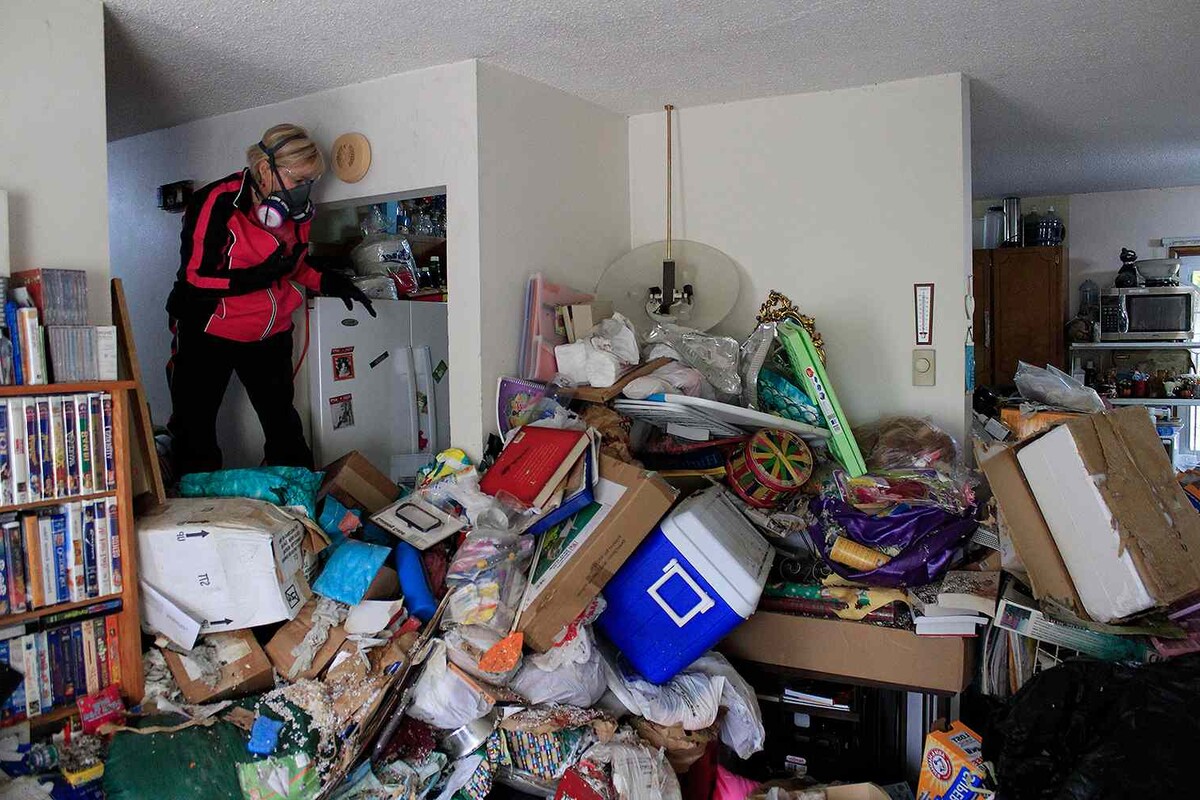

Decluttering Tips & Tricks
How To Organize A Hoarders House
Published: March 3, 2024
Learn effective decluttering tips and tricks to organize a hoarder's house. Discover practical solutions for decluttering and creating a more organized living space.
(Many of the links in this article redirect to a specific reviewed product. Your purchase of these products through affiliate links helps to generate commission for Storables.com, at no extra cost. Learn more)
Understanding Hoarding Behavior
Hoarding behavior is a complex issue that goes beyond just having a cluttered home. It is a mental health disorder that can have a significant impact on an individual's life. People who hoard often have difficulty parting with possessions, leading to an accumulation of items that can clutter their living spaces. This behavior can stem from various underlying factors, such as anxiety, depression, trauma, or even genetic predisposition. Understanding hoarding behavior is crucial in order to approach the organization process with empathy and sensitivity. It's important to recognize that individuals who hoard may experience distress at the thought of discarding items, making it essential to approach the process with patience and understanding.
Key Takeaways:
- Understand hoarding as a mental health issue, approach with empathy, and seek professional help if needed. Create a supportive plan, set realistic goals, and celebrate progress to reclaim living spaces with patience and understanding.
- Sort items systematically, prioritize safety and emotional attachments, seek professional guidance if necessary, and celebrate progress. By categorizing and decluttering, individuals can create a more organized and functional living environment.
Read more: How To Help A Hoarder Declutter
Creating a Plan for Organization
Creating a plan for organizing a hoarder's house is a crucial first step in the process of reclaiming living spaces. It's essential to approach this task with empathy and understanding, recognizing that the individual may have deep emotional attachments to their possessions. Here are some key steps to consider when creating a plan for organization:
-
Assess the Scope of the Project: Start by assessing the entire living space to understand the extent of the clutter. This will help in determining the areas that require immediate attention and prioritizing the organization process.
-
Set Realistic Goals: Establish achievable goals for the organization process. It's important to set realistic expectations and understand that the process may take time. Breaking down the project into smaller, manageable tasks can make it less overwhelming for both the individual and the organizer.
-
Seek Professional Help if Needed: In some cases, hoarding behavior may require professional intervention from therapists, social workers, or professional organizers who specialize in hoarding disorder. Seeking professional help can provide valuable support and guidance throughout the organization process.
-
Create a Support System: Building a support system for the individual is crucial. This can include involving family members, friends, or support groups to provide emotional support and encouragement during the organization process.
-
Develop a Timeline: Establish a realistic timeline for the organization process. This can help in setting milestones and tracking progress, providing a sense of accomplishment as each phase of the organization plan is completed.
By creating a well-thought-out plan for organization, individuals can approach the daunting task of decluttering with a clear roadmap and a supportive network, ultimately leading to a more organized and functional living space.
Sorting and Categorizing Items
Sorting and categorizing items is a fundamental step in the organization process of a hoarder's house. This step involves systematically going through the accumulated possessions and categorizing them based on their utility, sentimental value, or necessity. Here's how to effectively sort and categorize items:
-
Start Small: Begin by selecting a specific area or category of items to sort, such as clothing, books, or kitchenware. Starting small can make the task more manageable and less overwhelming for both the individual and the organizer.
-
Create Sorting Criteria: Establish clear criteria for sorting items. This can include categories such as keep, donate, recycle, or discard. Encourage the individual to assess each item based on its usefulness and emotional significance.
-
Use Sorting Tools: Utilize sorting tools such as bins, boxes, and labels to categorize items. Clearly labeled containers can help in distinguishing between different categories and streamline the sorting process.
-
Prioritize Safety and Hygiene: While sorting through items, prioritize safety and hygiene. Use gloves and masks if necessary, especially when dealing with items that have accumulated dust or debris.
-
Address Emotional Attachments: Recognize that many items may hold deep emotional significance for the individual. Encourage open communication and provide emotional support during the sorting process. It's important to acknowledge the emotional challenges that may arise when parting with possessions.
-
Seek Professional Guidance: In cases where the individual struggles with severe hoarding behavior, seeking professional guidance from therapists or hoarding disorder specialists can provide valuable support during the sorting and categorizing process.
-
Celebrate Progress: Acknowledge and celebrate the progress made during the sorting and categorizing process. Recognize the effort put into making decisions about possessions and the positive impact it has on reclaiming living spaces.
By systematically sorting and categorizing items, individuals can gain a clearer perspective on their possessions and make informed decisions about what to keep, donate, or discard, ultimately contributing to a more organized and functional living environment.
Start by decluttering one room at a time, sorting items into keep, donate, and discard piles. Create a designated space for each item to maintain organization.
Setting Up Storage Solutions
Setting up effective storage solutions is essential in the organization process of a hoarder's house. Proper storage not only helps in decluttering living spaces but also ensures that items are organized and easily accessible. Here's a detailed guide on setting up storage solutions for a hoarder's house:
-
Assess Storage Needs: Begin by assessing the storage needs based on the items that have been sorted and categorized. Identify the types of storage required, such as shelving units, storage bins, cabinets, or closet organizers.
-
Maximize Vertical Space: Utilize vertical space by installing shelves or wall-mounted storage units. This can help in maximizing storage capacity without occupying additional floor space, especially in rooms with limited square footage.
-
Invest in Functional Furniture: Consider investing in multi-functional furniture pieces that offer built-in storage, such as ottomans with hidden compartments, bed frames with drawers, or coffee tables with storage space. These furniture pieces can serve dual purposes, providing both functionality and storage solutions.
-
Utilize Clear Containers: Opt for clear storage containers to store items that are not frequently used. Clear containers allow for easy visibility of the contents, making it convenient to locate specific items without the need to rummage through multiple boxes.
-
Labeling and Categorizing: Label all storage containers and shelves to indicate the contents. Categorize items based on their use or frequency of access, making it easier for the individual to locate specific items when needed.
-
Create Zones for Specific Items: Establish designated zones for specific items, such as seasonal clothing, hobby supplies, or sentimental keepsakes. This helps in maintaining an organized system and prevents items from getting mixed up or misplaced.
-
Utilize Underutilized Spaces: Make use of underutilized spaces, such as the back of doors, inside closets, or under beds, to create additional storage. Over-the-door organizers, hanging shoe racks, and under-bed storage containers can effectively utilize these spaces.
-
Implement Storage Solutions Gradually: Introduce storage solutions gradually to avoid overwhelming the individual. Start with organizing one area at a time, such as a bedroom or a living room, before moving on to other spaces within the house.
By implementing these storage solutions, individuals can effectively manage their possessions, reduce clutter, and create a more organized and functional living environment. It's important to tailor the storage solutions to the specific needs and preferences of the individual, ensuring that the organization process aligns with their comfort and convenience.
Implementing Daily Maintenance Routines
Implementing daily maintenance routines is crucial in sustaining an organized living environment, especially in the context of a hoarder's house. These routines help in preventing the re-accumulation of clutter and maintaining the progress achieved through the organization process. Here's a detailed guide on implementing daily maintenance routines for a hoarder's house:
-
Establish a Daily Cleaning Schedule: Create a daily cleaning schedule that includes specific tasks such as making the bed, doing the dishes, and tidying up common areas. Breaking down cleaning tasks into manageable daily routines can prevent overwhelming the individual and ensure that the living spaces remain organized.
-
Designate "Clutter-Free" Zones: Designate specific areas within the house as "clutter-free" zones, where items are consistently kept organized and free of clutter. This can include areas such as kitchen countertops, dining tables, or living room surfaces. Encourage the individual to maintain these zones as clutter-free areas through daily tidying.
-
Practice the "One In, One Out" Rule: Encourage the individual to adopt the "one in, one out" rule, which involves removing an item for every new item brought into the house. This practice helps in controlling the influx of new possessions and prevents the re-accumulation of clutter.
-
Regular Decluttering Sessions: Schedule regular decluttering sessions to review items and ensure that unnecessary possessions are promptly addressed. This can be done on a weekly or monthly basis, depending on the individual's comfort level. Regular decluttering prevents the accumulation of unnecessary items and reinforces the habit of mindful consumption.
-
Utilize Daily Checklists: Provide the individual with daily checklists that outline specific tasks to be completed, such as organizing mail, putting away laundry, or clearing out expired items from the refrigerator. Checklists serve as visual reminders and help in establishing consistent daily routines.
-
Incorporate Mindful Practices: Encourage mindful practices such as mindfulness meditation or deep breathing exercises as part of the daily maintenance routine. These practices can help in managing anxiety or stress that may be associated with maintaining an organized living environment.
-
Celebrate Small Achievements: Acknowledge and celebrate small achievements in maintaining daily maintenance routines. Recognize the effort put into sustaining an organized living space and provide positive reinforcement for consistent adherence to the routines.
By implementing these daily maintenance routines, individuals can cultivate habits that support an organized and clutter-free living environment. It's important to approach the process with patience and understanding, recognizing that maintaining daily routines may require ongoing support and encouragement.
Frequently Asked Questions about How To Organize A Hoarders House
Was this page helpful?
At Storables.com, we guarantee accurate and reliable information. Our content, validated by Expert Board Contributors, is crafted following stringent Editorial Policies. We're committed to providing you with well-researched, expert-backed insights for all your informational needs.
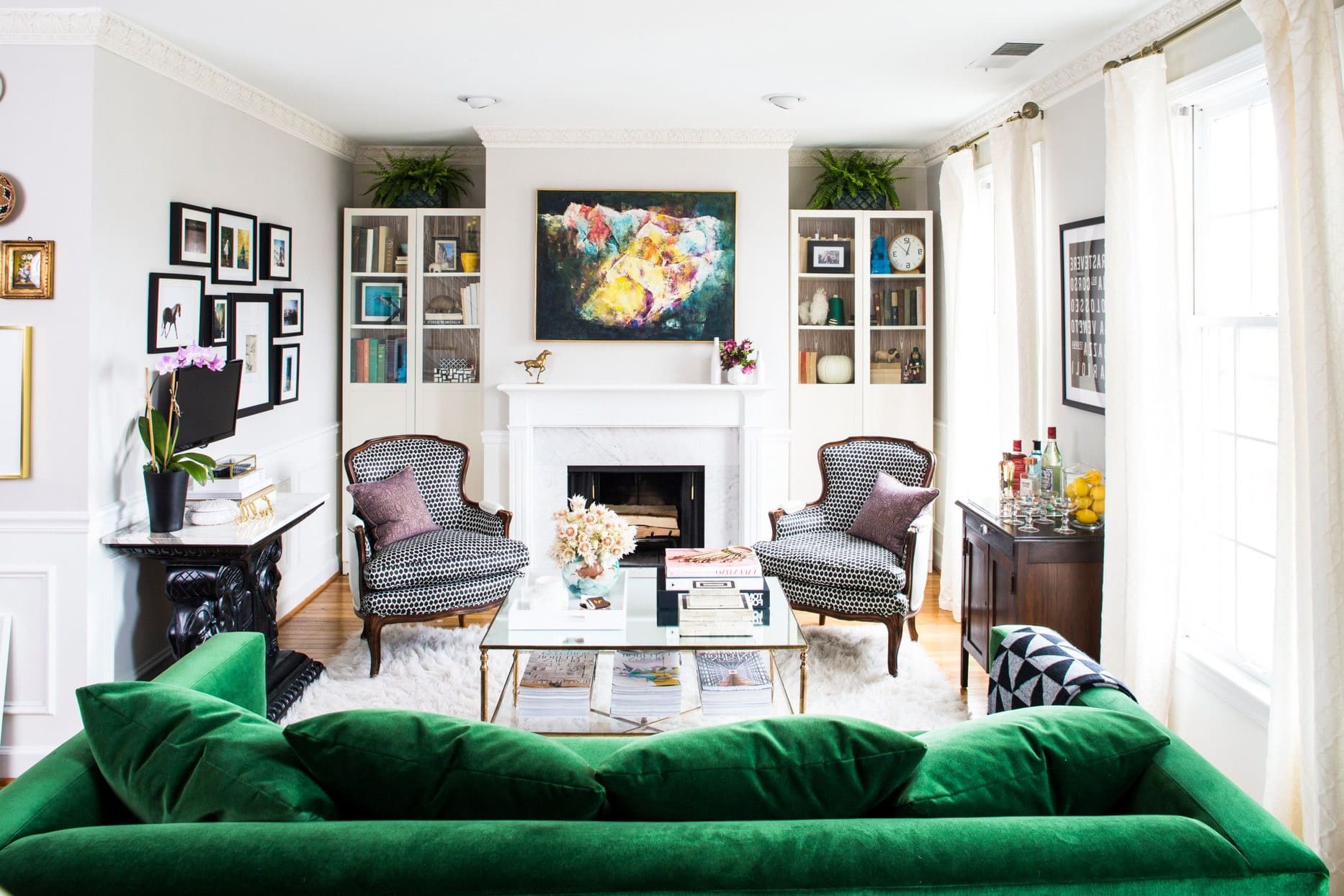

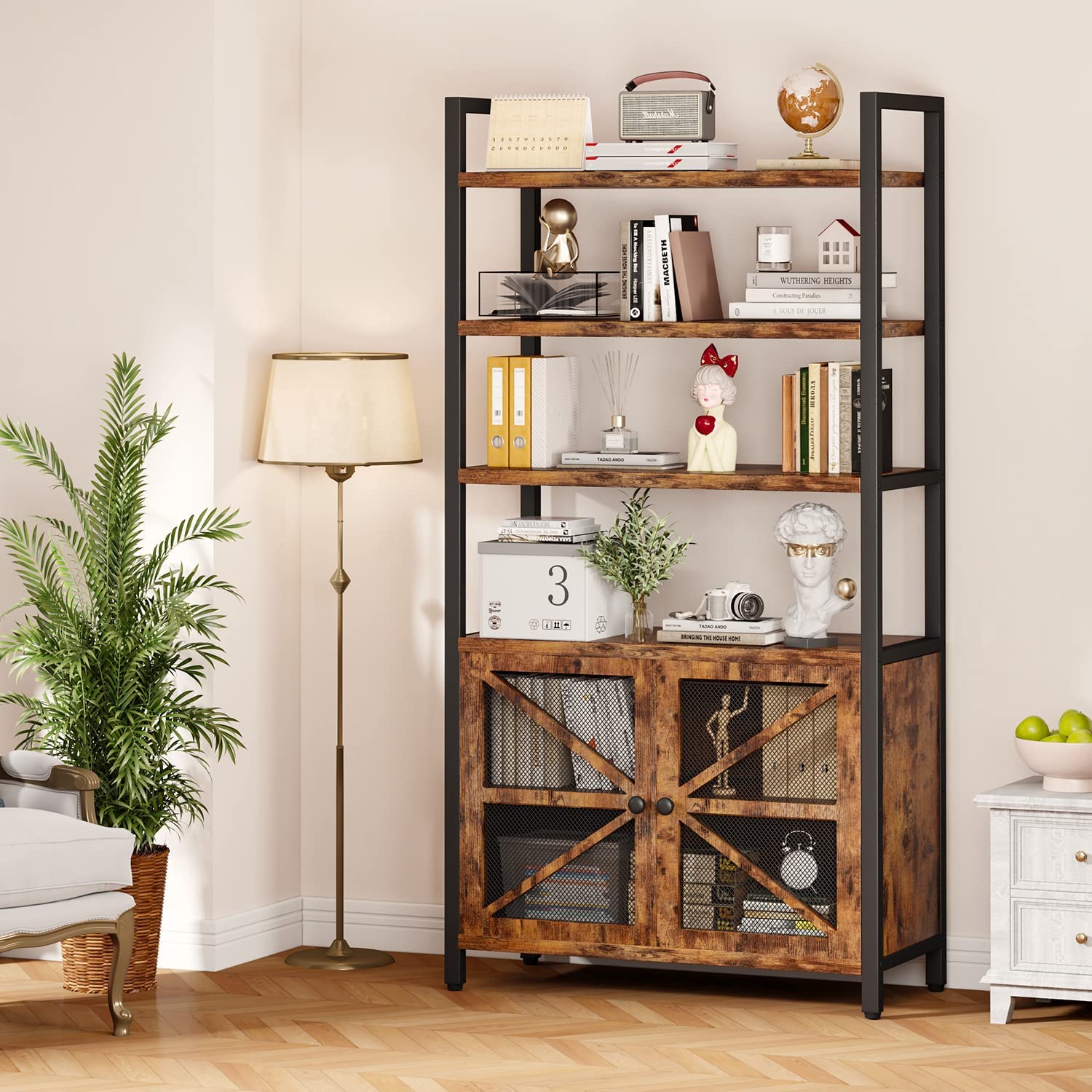
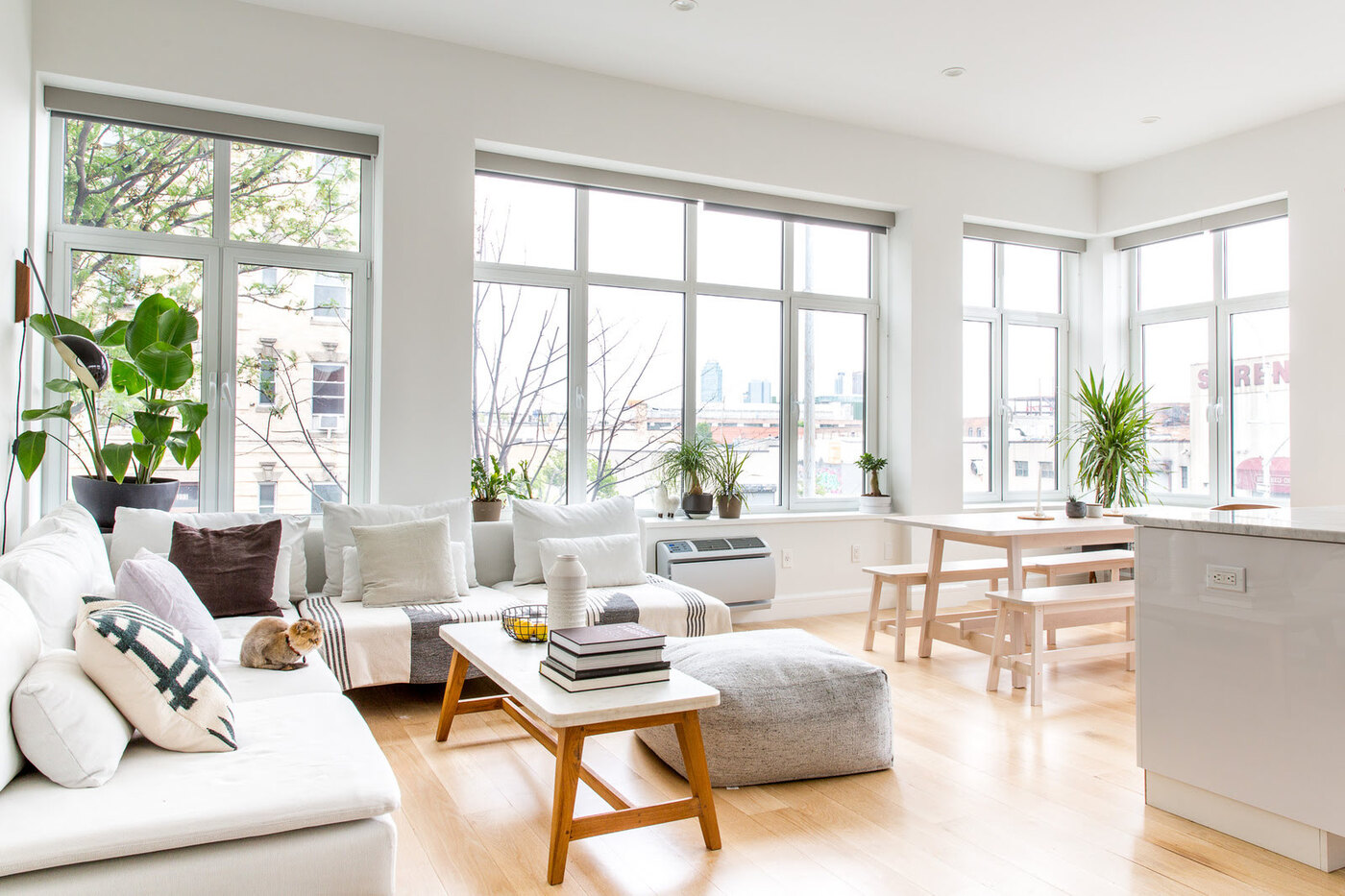
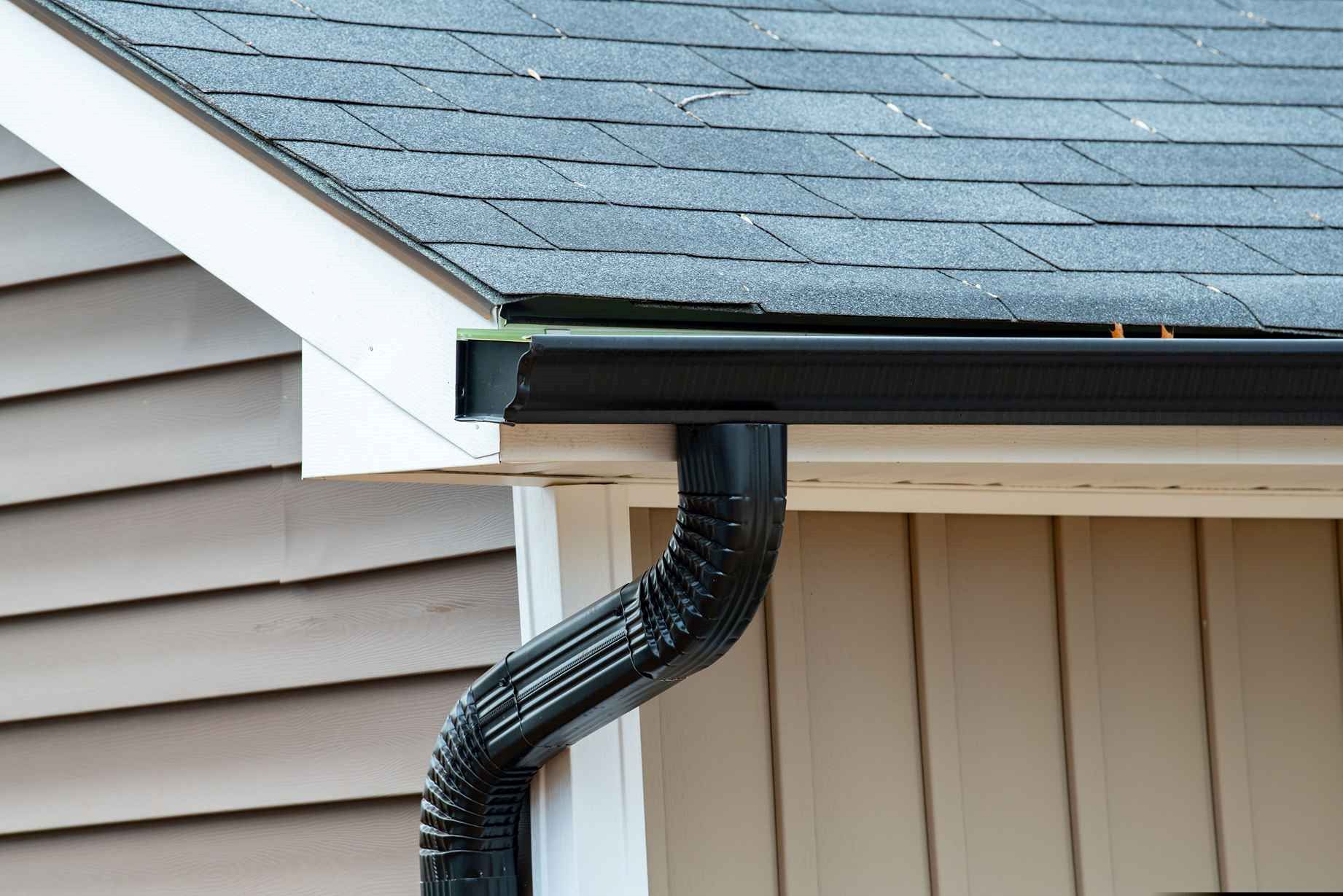
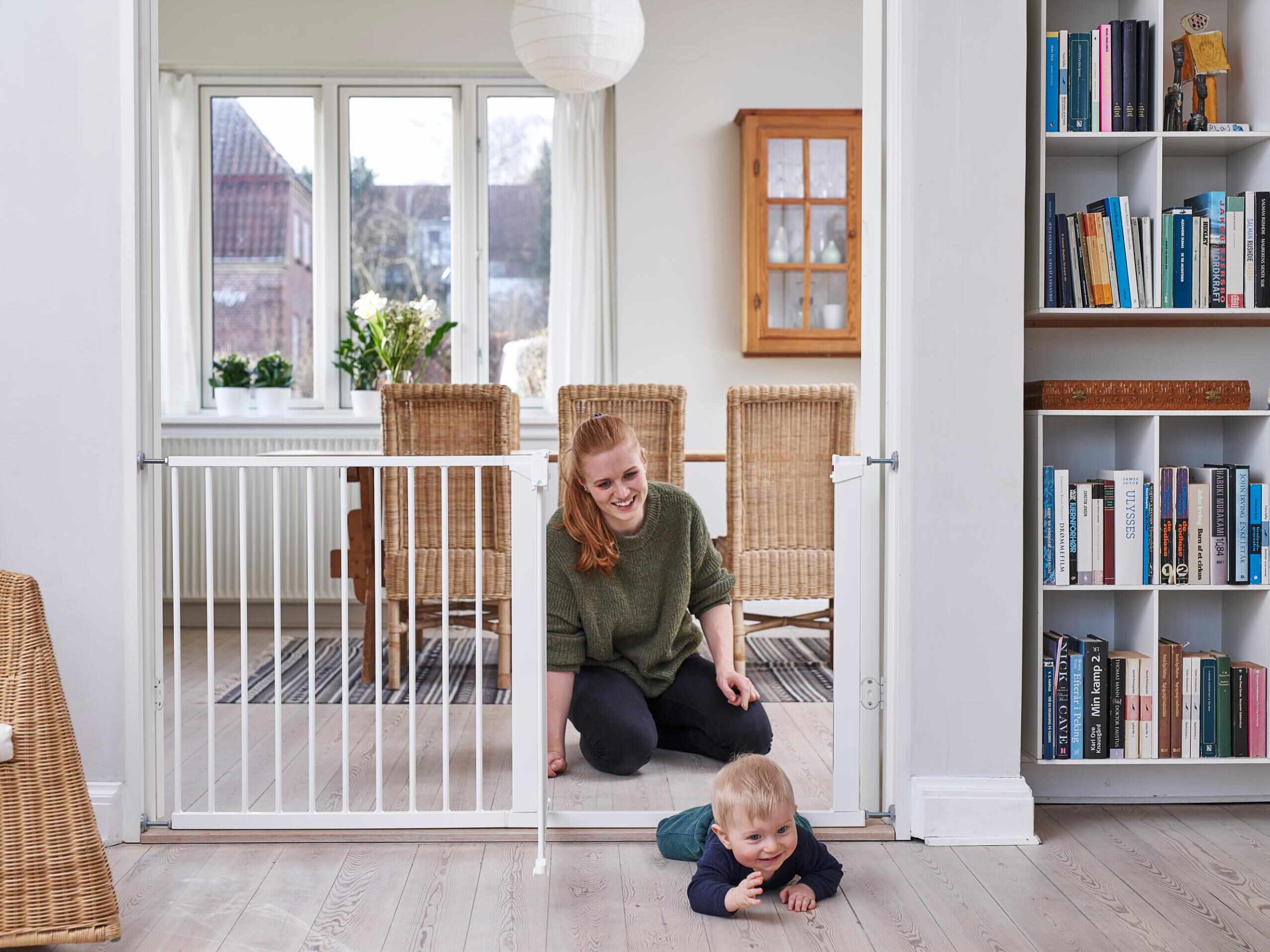
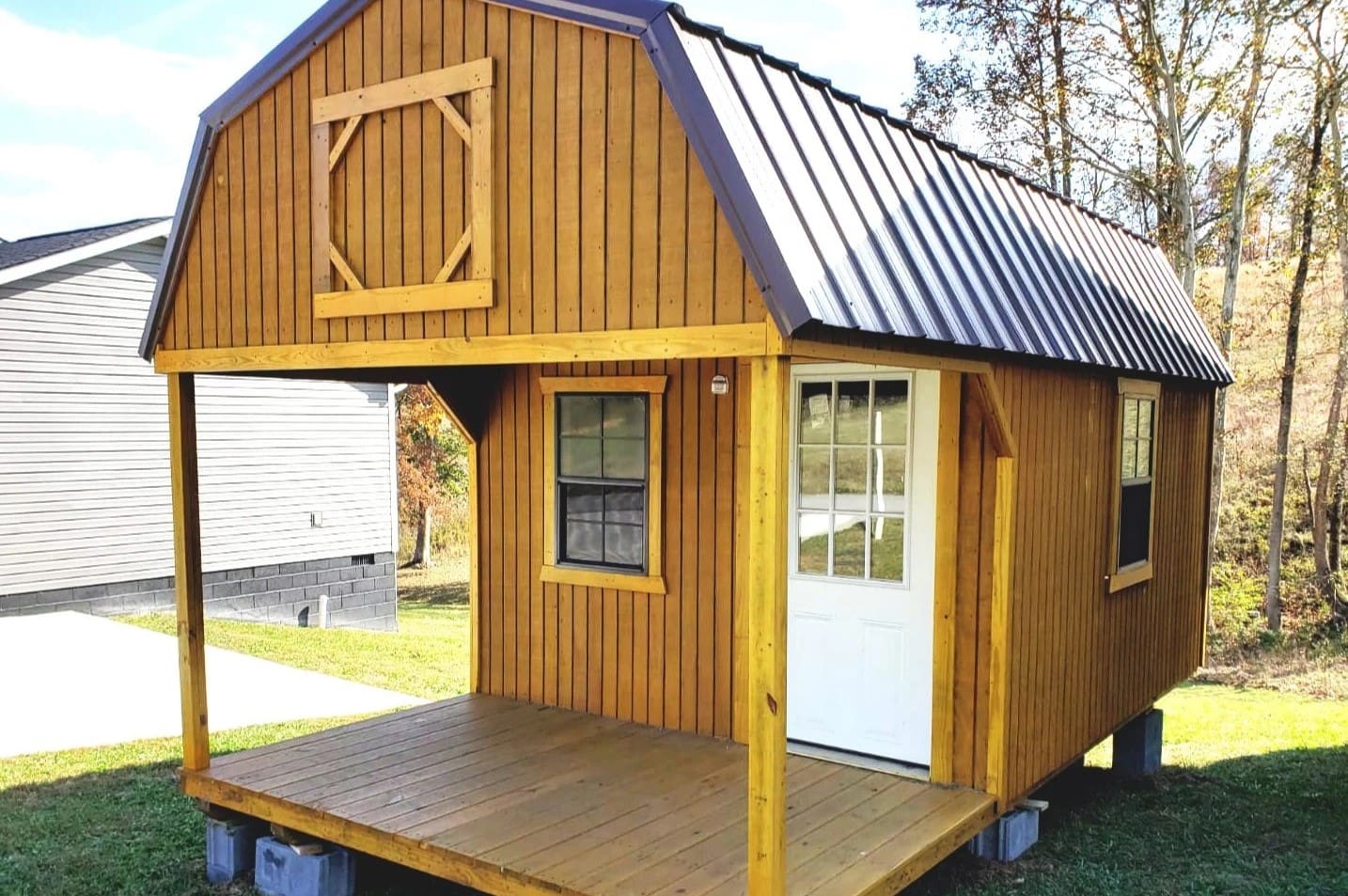
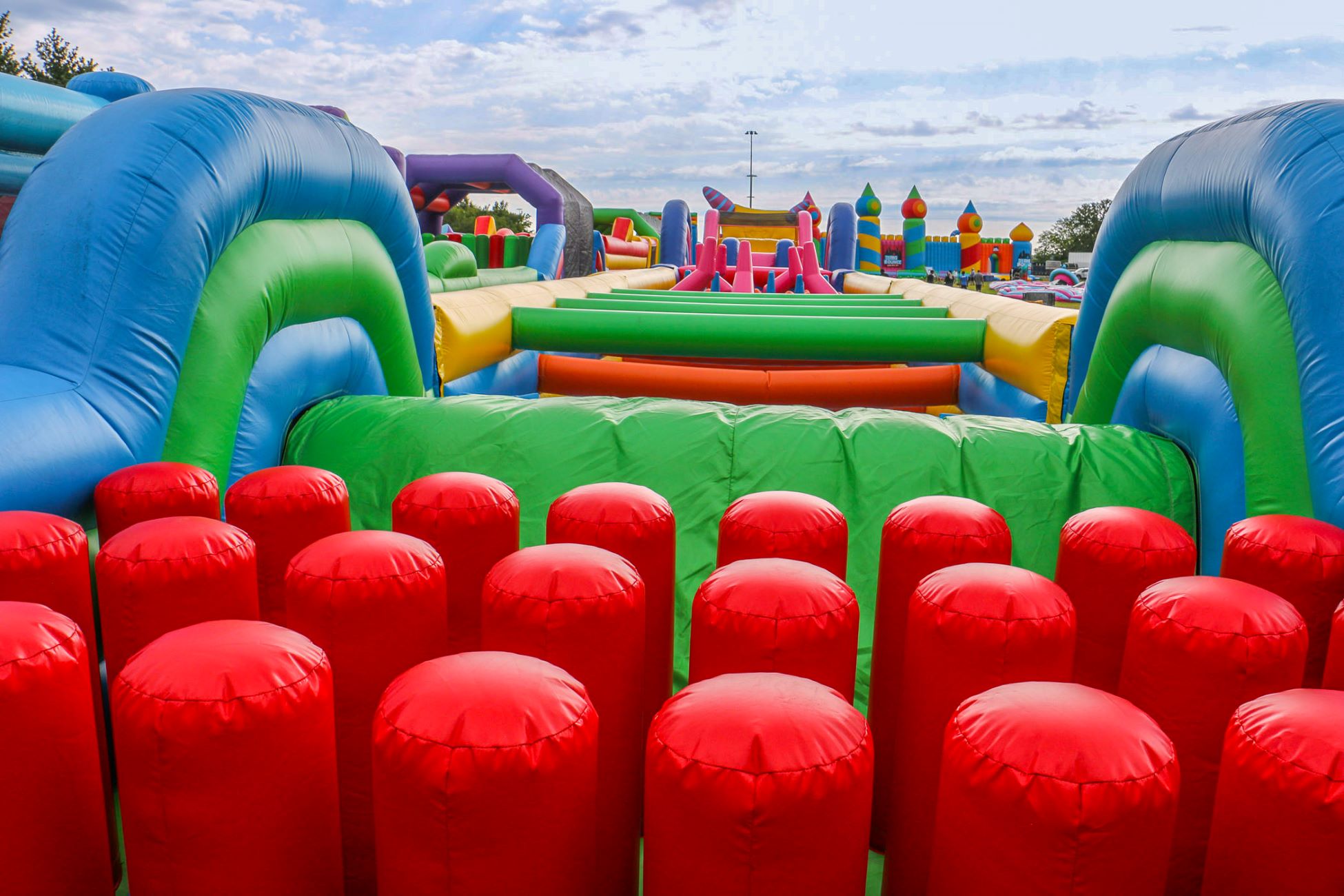



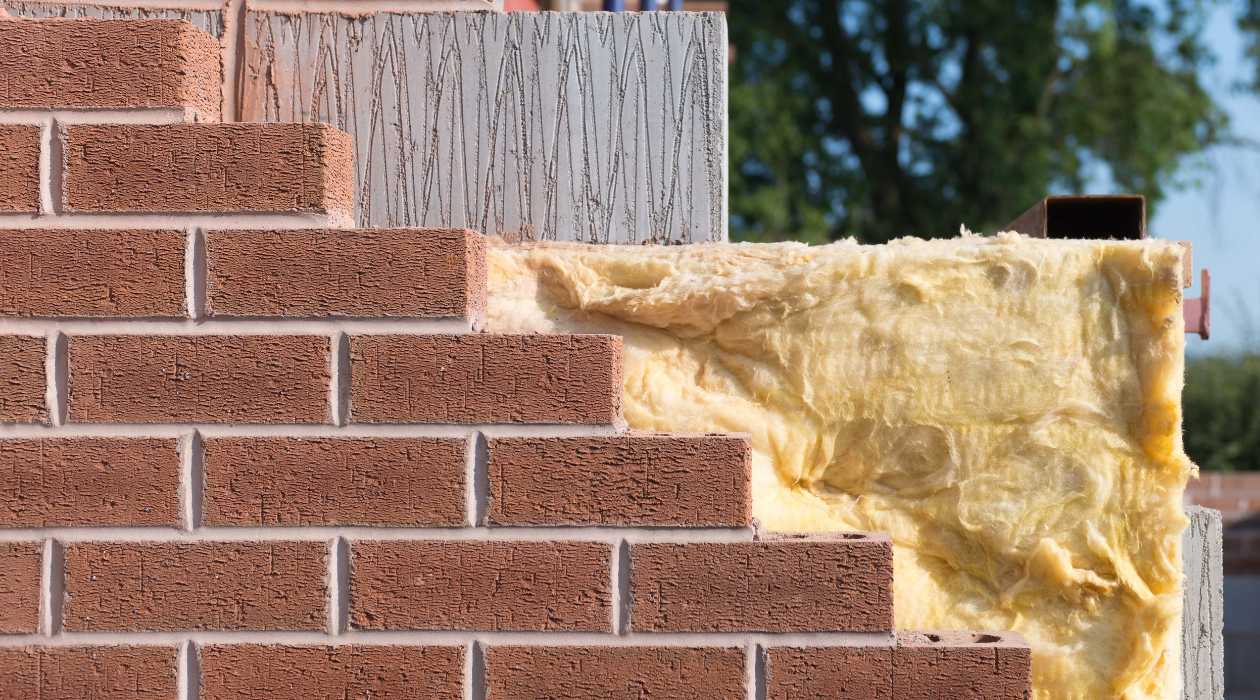
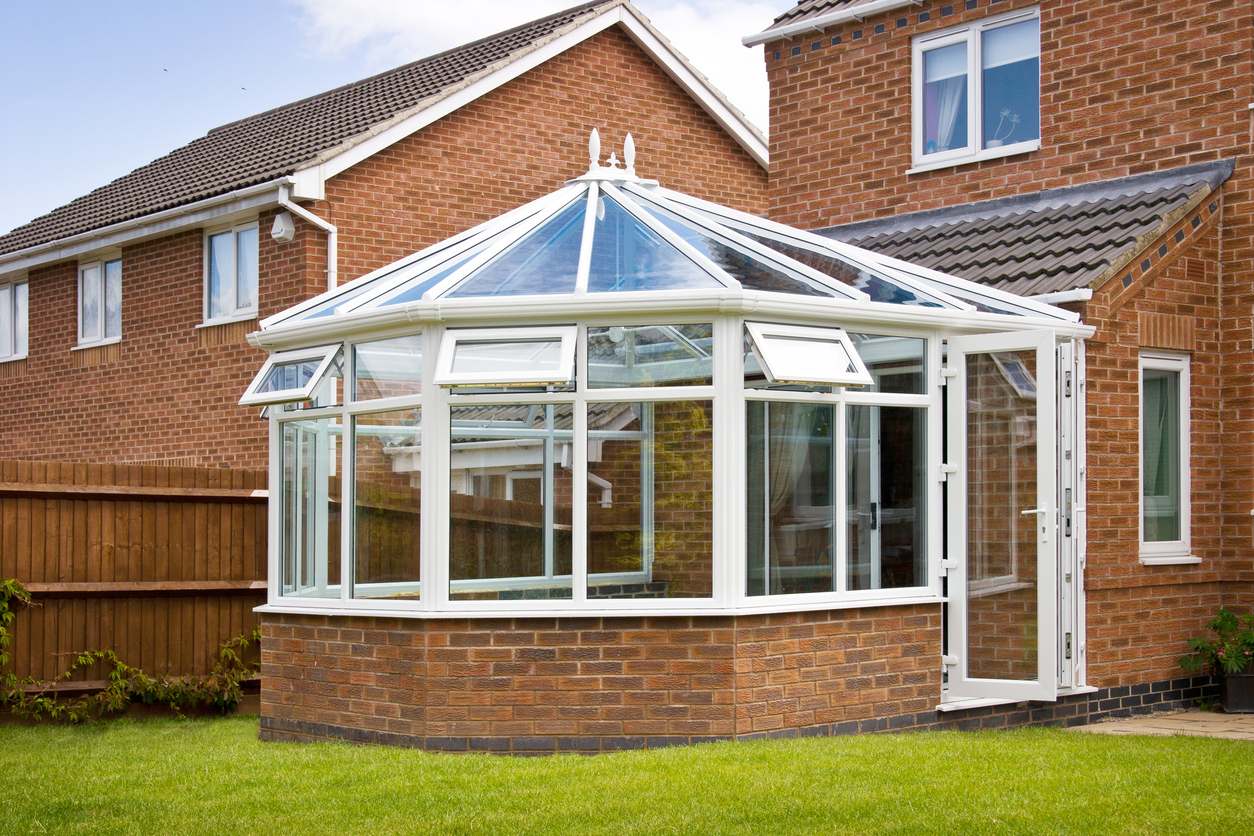
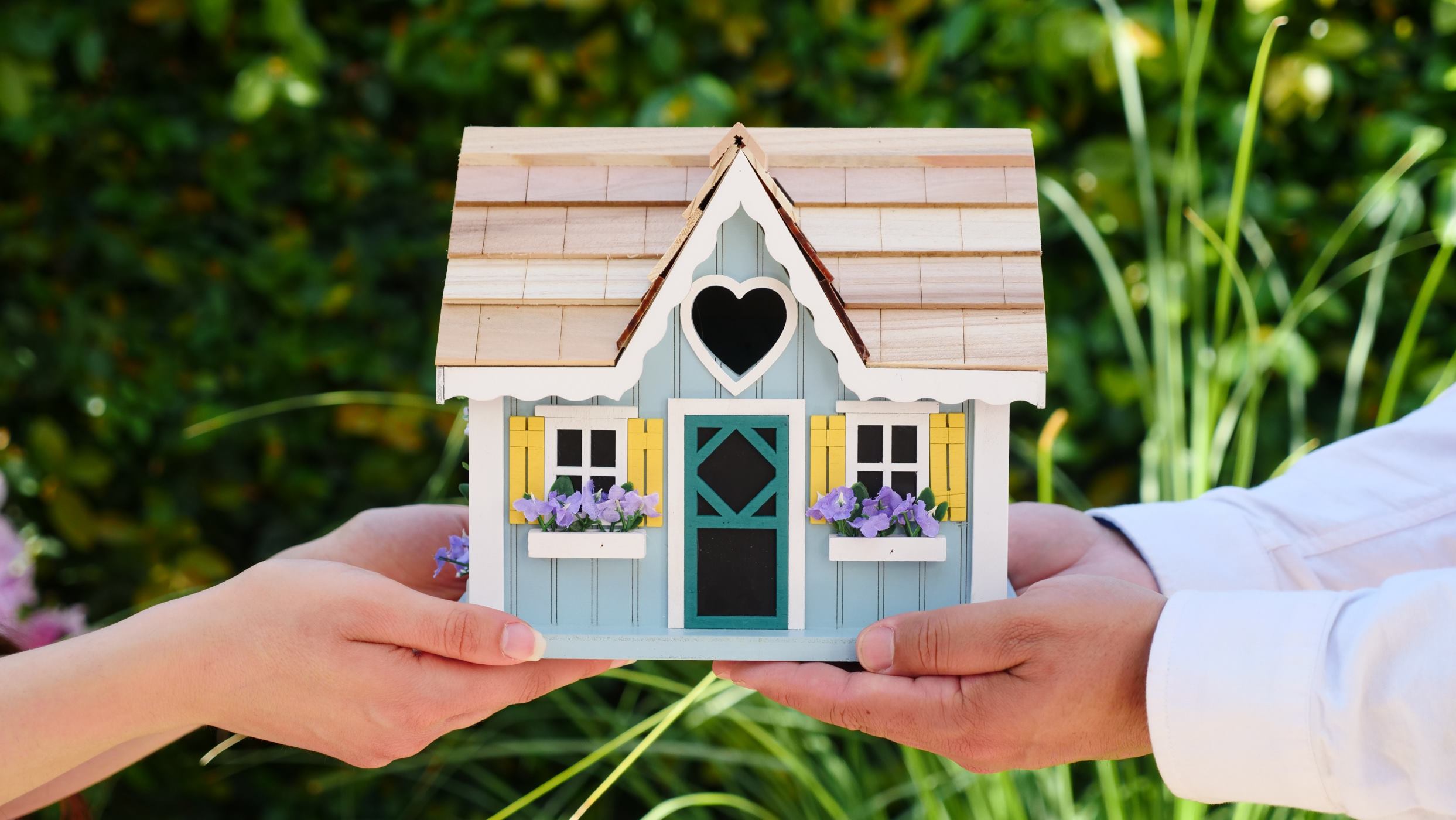


0 thoughts on “How To Organize A Hoarders House”